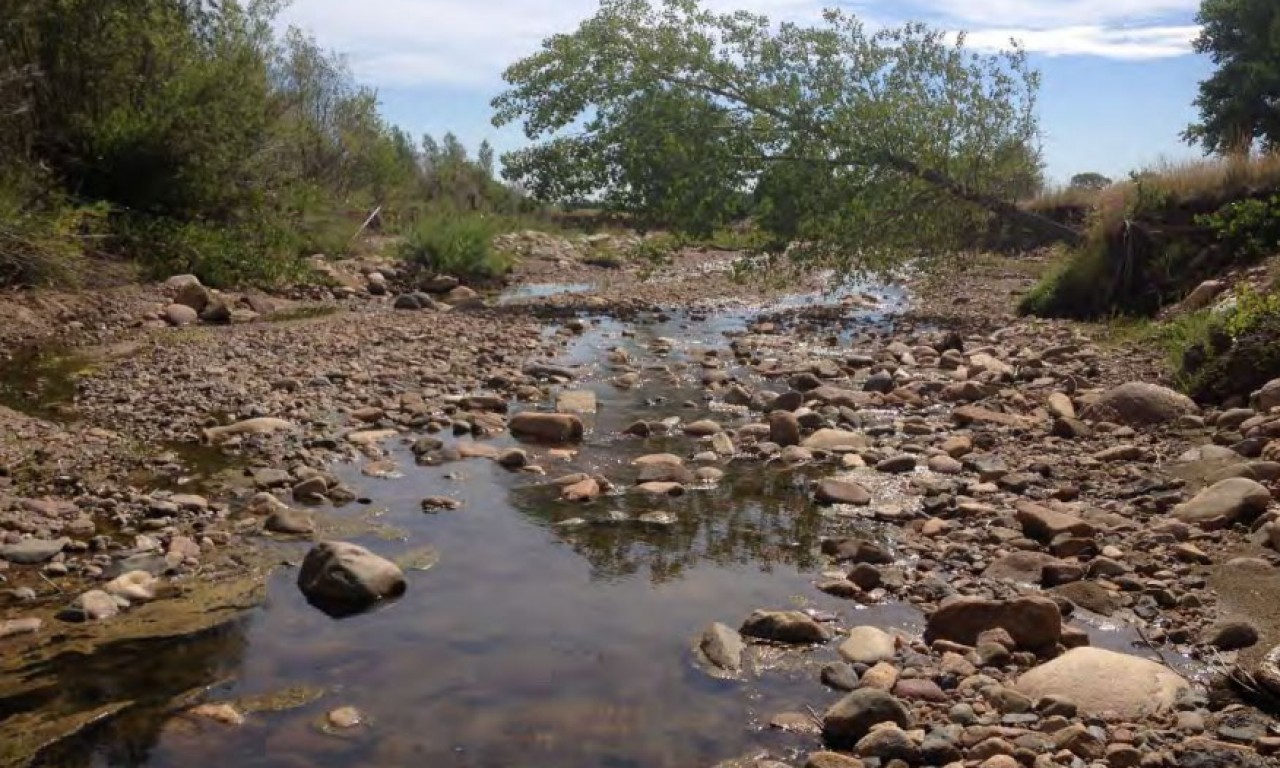The Boulder County Parks and Open Space Department offers grants for research on county open space lands each year. All proposals are reviewed by a team of resource specialists, and awarded research projects are monitored during their activities on open space. The following is a summary of a 2014 study conducted by Laura Backus and Susan Sherrod to assess post-flood conditions.
Abstract
Boulder County Parks and Open Space (BCPOS) creeks sustained significant damage in the historic floods of September 2013. This report summarizes surveys in August and September, 2014, of BCPOS properties along Left Hand, Boulder, and St. Vrain Creeks nearly one year following the major disturbance. Our evaluation included (1) changes in and recovery of riparian vegetation, including Boulder County Noxious Weed infestations; (2) Hydrology; and (3) Erosion Potential. Scores for these parameters were compared to similar scores collected in 2008 before the flood. In addition, we took photographs of riparian areas for descriptive purposes as well as to compare to pre-flood photographs of the same areas taken in 2008. Despite considerable variability among reaches and creeks, St. Vrain Creek appeared to sustain the most dramatic damage from the flood, particularly downstream of Lyons as breaching ponds augmented already high water volumes. Weeds listed on the Boulder County Noxious Weed List and/or on the State of Colorado Noxious Weed List were relatively rarely encountered in 2014. However, the potential for larger and more widespread infestations of these species as well as other non-native species is high in coming years. In nearly all reaches, the extent and species richness of non-native colonizers were much greater than for native colonizers. Seedlings of native cottonwood and willow are present in many areas of damp sand and cobble. Exposed and/or deposited cobble is a recurring feature of a majority of these reaches, presenting both an energy-dissipating function as well as opportunities for colonizing plants. Bank cutting and incision was also frequently observed, again, presenting opportunities for colonization and increased vulnerability to additional erosion.
Findings
Flood effects and post-flood natural revegetation along St. Vrain, Boulder, and Left Hand Creeks varied with the type of inundation. In reaches of scouring flows, such as South St. Vrain Creek canyon and areas immediately downstream of dam breaches, fast-moving floodwaters removed all or nearly all riparian vegetation, caused major channel changes, and, over very large areas of the floodplain, both deposited cobble and exposed the cobble substrate. In Boulder Creek’s eastern channelized reaches and in St. Vrain Creek reaches which were bypassed when high flows avulsed into new channels, slower moving inundation flows submerged the riparian zone, leaving most mature trees intact, but covering the understory with sand and silt as well as jumbles of woody debris. Where available comparison to 2008 pre-flood conditions, 2014 observations of the channel generally included increased evidence of and potential for erosion as well as improved hydrology. The width, structure, and diversity of riparian communities generally decreased, as did the supply to the channel of woody debris and leaves. In some sites, the presence of woody seedlings increased the number of age classes.
Relatively few plants have begun to colonize cobble areas. Native cottonwood and willow seedlings are concentrated where sand and are cobble just above the water table. Vegetation in the drier cobble areas is very sparse; most colonizing species are non-natives, including State of Colorado Noxious Weeds. Woody species that are late summer seed producers were rarely encountered in the post-flood seedling assemblages. We infer that due to the September timing of the floods, most of these seeds had washed out of the riparian zone. Beginning in 2015, late summer seed producers, mainly non-native locust, Chinese elm, Russian-olive, and possibly tamarisk, likely will begin to dominate the woody revegetation. Restorationists have a narrow window of opportunity to develop techniques for massive plantings of native species into cobble and to remove nonnative species before weed infestations become very difficult and expensive to control.


